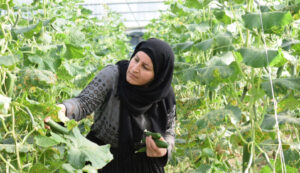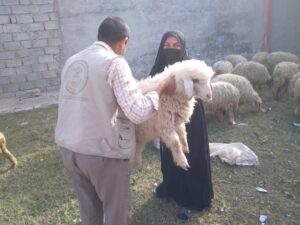DANIDA FLEX Project
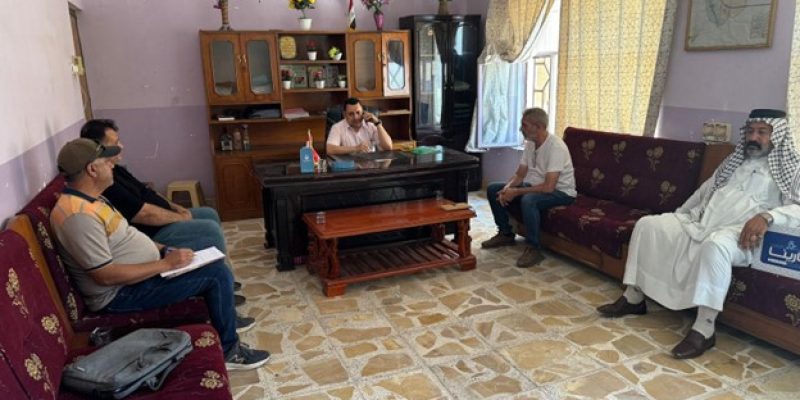

Details
Donor:
Danida
Donor Partner:
Save the Children
Duration:
8 Months
Start:
May 1, 2024
End:
Dec 30, 2024
Implemented areas:
Al-Kahla' district, Missan Governorate
Sector:
Climate Changes, Livelihood and Livestock
This project was funded by
Introduction:
As part of the preparatory steps for implementing the DANIDA Flex project in partnership with Save the Children International (SCI), Al-Aghsan Foundation, represented by the project’s field coordinator, visited Al-Kahla District in Maysan Governorate. The visit aimed to select the target village for the project. Interviews were conducted with key stakeholders to gather field information about the context, problems, challenges, and solutions in the target areas, and to identify the villages where project activities will be implemented.
Meetings with the Mayor of Al-Kahla District, Maysan Governorate
Meetings with the Agriculture Department of Al-Kahla District, Maysan Governorate
Stakeholders:
Interviews included key service providers and stakeholders in Al-Kahla, where meetings were held with the mayor, the Agriculture Department, the Water Resources Management Department, a representative from the General Federation of Cooperative Agricultural Associations, and local residents in the villages.
Al-Kahla District:
Al-Kahla District consists of 35 villages, divided into regions, and includes five regions (Region No. 2 Eastern and Western Dhulayma, Region No. 3 Al-Bahatha, Region No. 4 Northwest Half of Al-Kahla, Region No. 7 Western Half of Al-Kahla, Region No. 8 Al-Mahder).
From an agricultural perspective, the district is divided into associations, each comprising several villages, and each association has a so-called Association Overseer (a government employee in the agricultural Department) responsible for agricultural work in the association, providing guidance and supplies for both plant and livestock.
From a livelihood perspective, the villages in Al-Kahla are divided into four categories: villages near water sources, villages near oil company work sites, villages far from water sources, and irregular villages.
Villages near water sources such as (Gaza, Ajnaideen, Al-Taleea, Sayyid Safeh, Al-Husseiniya, Umm Al-Ward, Al-Bahatha, etc.) are among the best in Al-Kahla District, where poverty rates are almost non-existent. These villages engage in agriculture, livestock farming, and fishing. They use modern technical measures to address water scarcity, such as plowing and laser leveling techniques, which reduce water wastage.
Villages near oil company work sites, such as (Al-Kasmeh, Al-Nahda, Al-Mahli, Al-Dawara, Al-Ramahiyah, Sadr Al-Aiyooj, Al-Aiyooj, Al-Tal’a, Al-Sibaghiyah), also have almost non-existent poverty rates, as most residents work with oil companies.
Villages far from water sources, such as (Al-Mahder, Al-Shuwailat Al-Thaniyah, etc.), are semi-organized population clusters. These villages are the most affected, facing significant challenges and being heavily impacted by climate changes due to drought and lack of rain. Farmers use drainage water for irrigation despite its salinity and poor quality, as they have no other options for watering their crops.
The last category is irregular villages, such as (Umm Azimat, Al-Rukaha, Al-Tamata, Al-Mana’iyah 1 and 2, etc.), which lack large population clusters and consist of scattered houses. Most of these residents do not have agricultural contracts, making it impossible to provide services to them.
The impact of climate change
Drought and rising temperatures significantly affect water scarcity, which in turn impacts the villagers’ agricultural activities, livestock farming, and fishing, leading to increased poverty and migration.
Due to water scarcity resulting from drought and heat waves, the number of fish in water bodies has decreased, as have agriculture and the ability to raise livestock, causing many villagers to leave their areas and migrate to cities to work as ordinary laborers, such as market workers or construction workers.
Al-Mahder Village:
Al-Mahder village is one of the most affected by climate changes, and its residents suffer from poverty. This village faces water scarcity due to climate changes and a lack of agricultural supplies and livestock farming equipment. It has official agricultural contracts, low tribal disputes, no nearby oil companies, and good relationships among its residents, making project implementation easier. The village has 40 houses, with 600 individuals. Among the male farmers with official agricultural contracts, there are 25, and 10 females, with a total arable land area, in conjunction with neighboring villages, of 850 dunams. There are 5 people with disabilities in the village.
During interviews with local residents, they expressed several needs, including:
- A large water well with a 4-horsepower pump to irrigate an area of 200 dunams.
- Small water wells, 12 meters deep with an 8-inch pipe and a 2-inch pump, for field crops, orchard irrigation, and livestock watering.
- Fertilizers and seeds.
- Animal shelters.
- Animal feed.
- Buffalo ponds.
- A playground for youth in the village.
During village visits and conversations with residents, it was observed that:
- Some villages have tribal disputes.
- Immigration: Department of Agriculture in Al-Kahla: Water scarcity, drought waves, and climate changes such as reduced rainfall and rising temperatures are the main reasons for migration. Residents of villages like Tamama, Munaiah, and Aywij depend on livestock breeding, agriculture, and fishing. With water scarcity, it has become difficult to breed animals or practice agriculture. The migration is mostly from the villages to the center of Al-Kahla district, where most of them are concentrated in the villages of Al-Dhalima, Al-Shu’ba, and Al-Batool, located on the outskirts of Al-Kahla district. The displacement process has increased year after year; in 2023, the number of displaced people was 1,266 (62 families), while in 2024, the number of displaced people reached 1,242 (207 families). Other reasons for migration include the engagement of some young people from these villages in jobs (police, soldiers) and tribal conflicts at times.
- Water Scarcity: Previously, before the drought and the drop in water levels, the water releases from the Al-Kahla River were substantial, and the river was full. Pumps were installed on the Al-Kahla River, delivering water to the village, allowing the farmers to cultivate all kinds of crops, both summer and winter even growing rice, which inherently requires large amounts of water. With the decrease in water levels and scarcity, the installed pumps went out of service due to the lack of sufficient water. The local authorities attempted to address the issue by digging a small river to convey water and installing pumps that operated on a 4-day on and 12-day off schedule. However, this small river also ceased to function due to the water shortage in the Al-Kahla River. Currently, the farmers resort to using drainage water for irrigating plants and animals, which is of poor quality, further exacerbating the challenges of daily life and agriculture in the region.
The Directorate of Agriculture in Al-Kahla explained that water releases vary according to the agricultural season, whether at the beginning or end of the season, and are also affected by water scarcity. In the winter season of 2022-2023, water releases from the main Al-Kahla River were 14-15 M3. In the summer of 2024, due to water scarcity, the average water release is 9-10 M3, sometimes reaching as low as 7 M3.
- Livestock: The Agricultural Directorate in Al-Kahlaa explained that water scarcity, climate change, and rising temperatures have made it difficult to raise livestock, especially buffalo, which the local inhabitants are known for breeding due to their need to immerse in water because of the amount of fat in their bodies. Additionally, the lack of vegetation and the high prices of feed in the local markets have made livestock farming economically unviable. One of the local residents stated, “I used to own 400 sheep and 100 heads of buffalo and cows. But due to water scarcity, rising temperatures, and high feed prices, it has become difficult to raise livestock, especially buffalo. We sold some of them, and others died, leaving only 30 heads of cows and buffalo, and 75 sheep. This problem is ongoing and worsens every year.”
The number of livestock within the scope of work of the Kahlaa Agriculture Directorate
Year | Sheep | Cows | Buffalo | Goats |
2021 | 25000 | 12552 | 980 | 21000 |
2022 | 22582 | 11600 | 940 | 17000 |
2023 | 20000 | 10500 | 800 | 14000 |
2024 | 15000 | 8500 | 750 | 11000 |
Other Activities of the Project
DANIDA FLEX 2024
Design thinking session for the Community Action group (CAG)
Child and youth-centred and locally led anticipatory action to build climate resilience in rural areas of Al-Kahla' district in Missan – Iraq.
READ MOREDANIDA FLEX 2024
Training workshop for Community Action groups (CAG’s)
Child and youth-centred and locally led anticipatory action to build climate resilience in rural areas of Al-Kahla' district in Missan – Iraq.
READ MOREDANIDA FLEX 2024
SELECTION OF THE TARGET VILLAGE WITHIN AL-KAHLA DISTRICT
Child and youth-centred and locally led anticipatory action to build climate resilience in rural areas of Al-Kahla' district in Missan – Iraq.
READ MORELast News

News
Climate Justice

Agricultural Entrepreneurship 2024
Second Day of the Innovation Camp for Agricultural Entrepreneurship at the University of Baghdad
Services
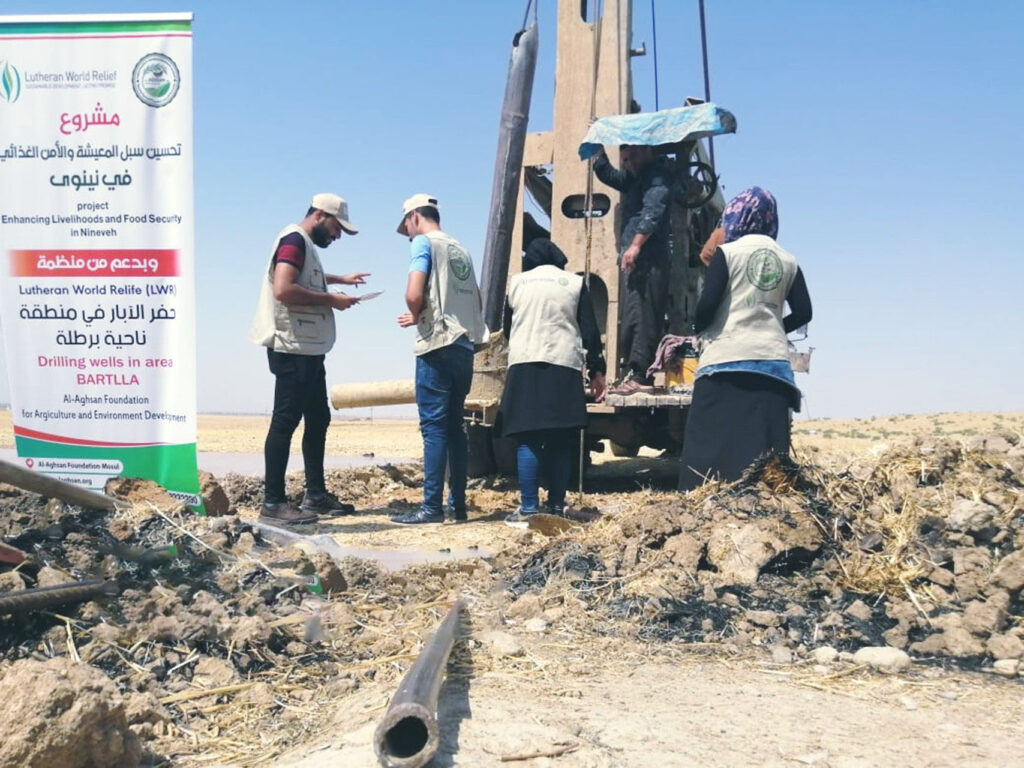
WHAT WE DO
Aghsan Foundation in Emergencies
Humanitarian action is central to Aghsan Foundation and realizing the rights of every child.
Aghsan
0 Comments
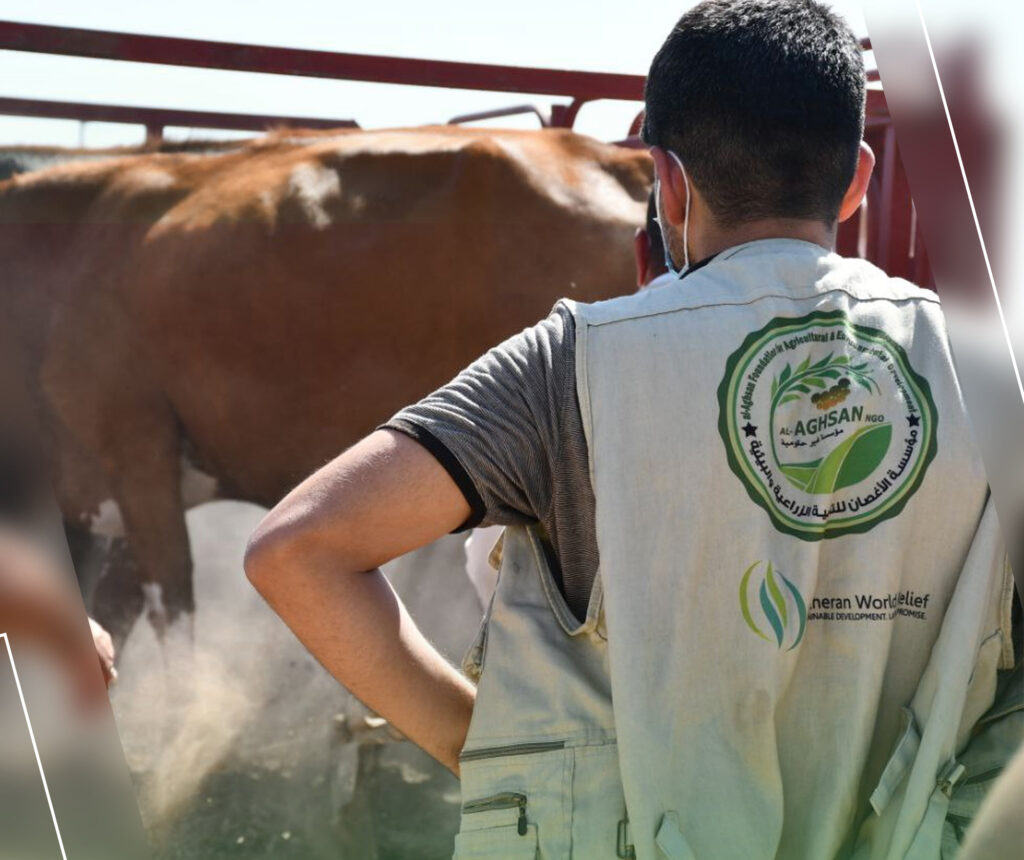
WHAT WE DO
Economic Recovery
The Economic Recovery sector is one of Aghsan Foundation’s five core sectors of intervention.
Aghsan
0 Comments

WHAT WE DO
Friends of the Environment
Aghsan Foundation commits to respond to the global climate crisis and environmental degradation
Aghsan
0 Comments
